Wisteria: planting and caring for vines in the garden

Owners of land plots and country houses try to give their territory the most attractive and aesthetic appearance. In most cases, this can be achieved by selecting the right plants so that they combine with each other and perform certain functions. Nowadays it is very fashionable to create various architectural forms in gardens and use climbing or climbing plants in their design. Here it is worth thinking about various vines, for example, such as wisteria. This plant has a second name - wisteria, planting and caring for which requires certain knowledge about the plant.
Content:
- Wisteria or wisteria, some information about the plant
- Wisteria, propagation, planting in the garden
- Wisteria, plant care
Wisteria or wisteria, some information about the plant
Deciduous tree-like vines belong to the genus Wisteria, legume family. The genus includes 9 species. Most of them grow only in warm tropical climates. Wisteria profusely flowering and Wisteria chinensis are best suited for amateur gardening. Lianas of these species easily cover a length of 10 meters. The flowers are collected in long drooping racemes. Wisteria has profusely flowering racemes that are longer, up to half a meter, appear along with the leaves and are less fragrant. It is more frost-resistant and can withstand short-term frosts down to -23 degrees.
Wisteria Chinese raceme has shorter, delicately scented flowers that bloom before the leaves appear.
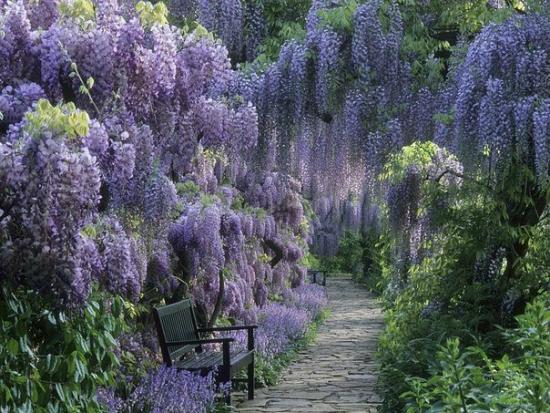
The color is soft lilac, sometimes white.The length of the brushes is up to 30 cm. After flowering, beans up to 15 cm in length are formed. Chinese wisteria can withstand short frosts down to -20. It is also worth saying that profusely flowering wisteria may not bloom in the first 10 years of its life; Chinese wisteria blooms in the fourth year. Additionally, another difference has been noticed between these common wisterias. The profusely flowering one twists clockwise, and Chinese - against. In landscape design, wisteria is suitable for vertical gardening. The abundantly flowering one is best used for decorating pergolas, and the Chinese one is best used for wall gardening and in tub culture. In addition to the two named species, the following wisteria can be grown:
- Japanese, white flowers
- shrubby, violet-blue flowers
- large raceme, purple flowers
- beautiful, simple and double flowers, white, purple
Wisteria, propagation, planting in the garden
Reproduce Wisteria can be grown in the garden in three main ways: seeds, cuttings, layering.
Planting wisteria with seeds
Wisteria seeds are quite large and, after harvesting, remain viable for up to five years. The time for sowing seeds is March. In warmer climates, you can sow directly into the ground. In cool weather, you need to grow wisteria from seeds through seedlings. Flat planting pots are filled with soil of the following composition: two parts of deciduous soil, and one part each of sand and turf soil. The soil is well moistened so that there is enough moisture for the emergence of a seedling. Spread the seeds on top, without embedding them in the ground, and mulch everything with a mixture of dry leaves and chopped bark. You can also fill it with sand. Cover with film or glass and place in the dark.Approximately 10 - 15 days after the sprouts appear, take them to a lighted place.
Video about planting and caring for wisteria:
Until this point, it is advisable not to water excessively, otherwise seeds may begin to rot. It can be planted in a permanent location at the stage of two true leaves. Not all seedlings inherit the decorative qualities of their mother forms; in addition, they bloom quite late. However, they have the advantage of growing from the first day in the conditions in which they will exist in the future and are characterized by increased endurance.
Planting wisteria from cuttings
Cuttings are cut in April, up to 20-25 cm long. They are rooted in a mixture of leaf, turf, soil, peat and sand. You can plant it immediately in a permanent place or in a school. Cover with a plastic cap until rooting.
Reproduction by layering
A one-year-old shoot is bent to the ground and a container with soil mixture is placed under it; you can take the soil as for cuttings. Make an incision about 1/3 of the diameter. Secure this place in the pot, sprinkle with soil. The next year, the new plant can be separated from the mother vine. Varietal wisteria It is better to purchase grafted seedlings with a closed root system. This should only be done from trusted sellers. Despite its fabulous appearance and fairly low winter hardiness, caring for wisteria is not very difficult.
Wisteria, plant care
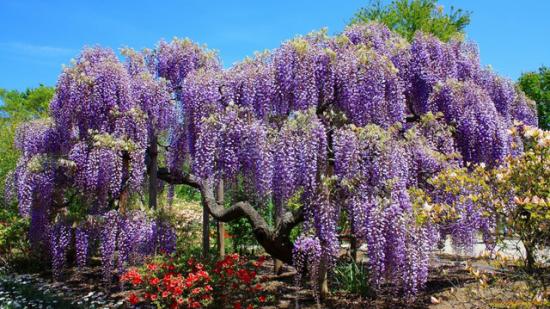
Wisteria is undemanding to soil; it is better to choose loamy or sandy loam soils with an acidity close to neutral or slightly acidic. Highly alkaline soils can cause chlorosis. For good growth and abundant flowering of wisteria, six hours of continuous lighting per day is enough.During the flowering period, the vine gives off a lot of energy and requires regular and abundant watering. The soil where wisteria grows should not be allowed to dry out. Optimally - slightly damp soil.
Top dressing
Starting from the appearance of buds, the plant needs fertilizer. It must be applied once every seven days. Kemira Lux will do. Mineral fertilizing alternates with the addition of organic matter. Dilute mullein, 1:20, and water the wisteria with it. Wisteria is characterized by fairly rapid growth of shoots. The vine needs to be pruned at least twice a season. As soon as the vine fades, all side shoots must be shortened. Only 1/3 is left.
At the beginning of autumn, after leaf fall, another pruning of all shoots is carried out, both those that were pruned in the summer and new ones. It is enough to leave three buds on each shoot.
In areas with warm climates, the plant overwinters without shelter. This is acceptable in regions such as southern Russia. In a more severe climate, the vine is removed from its support, secured to a board and covered with spruce branches and spandbond. There are cases where wisteria tolerate winter frosts quite well without being removed from their supports or additional shelter. If it is not possible to preserve the plant from frost, you can grow it in a container and bring it for the winter into the room.
Interesting information about the vegetable garden



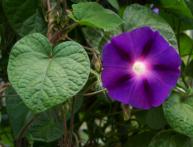

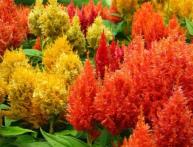

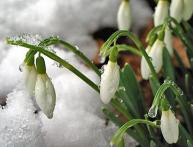
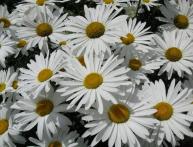
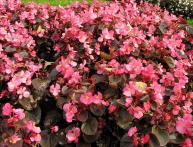
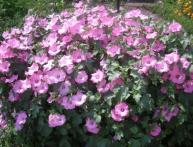
Comments
I have always admired the beauty of wisteria, but it seems to me that it requires special care, special conditions and a special climate. Here they are unlikely to survive the winter. But of course, all the troubles of caring for it are worth it when they bloom))